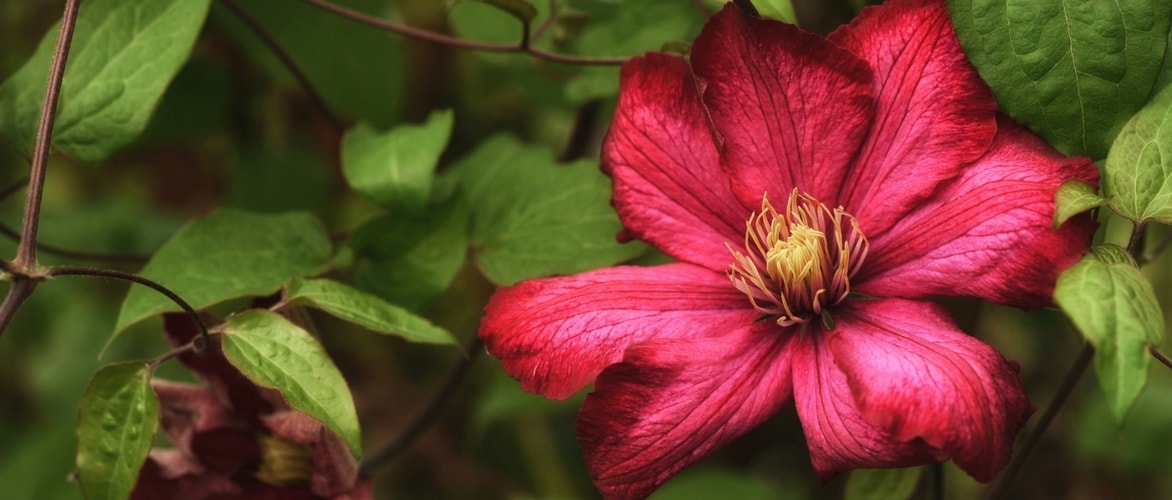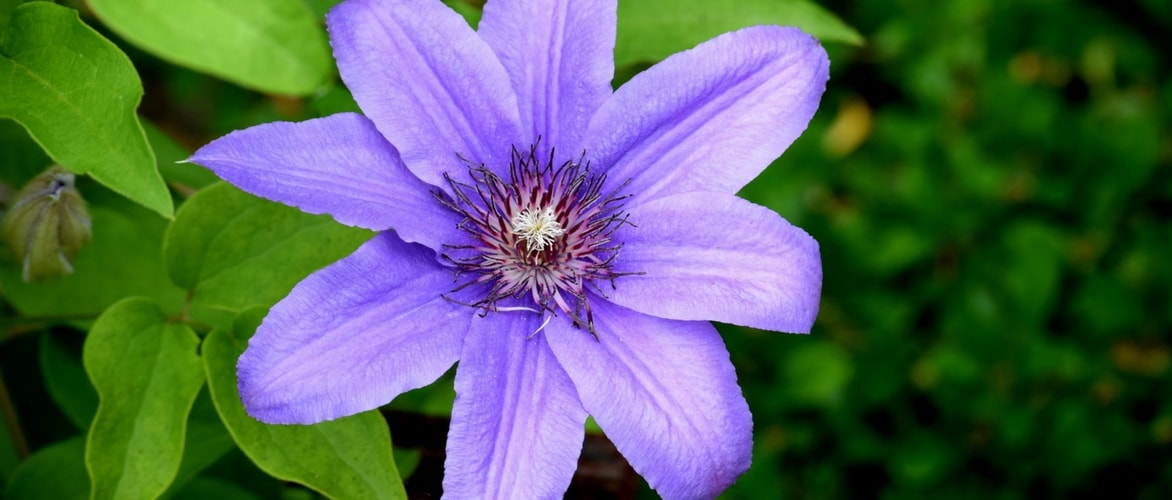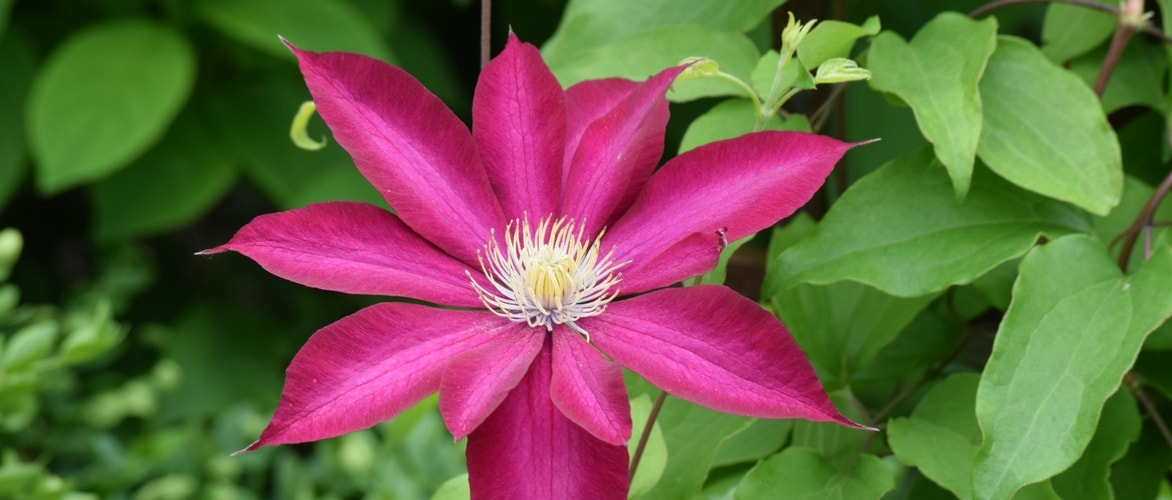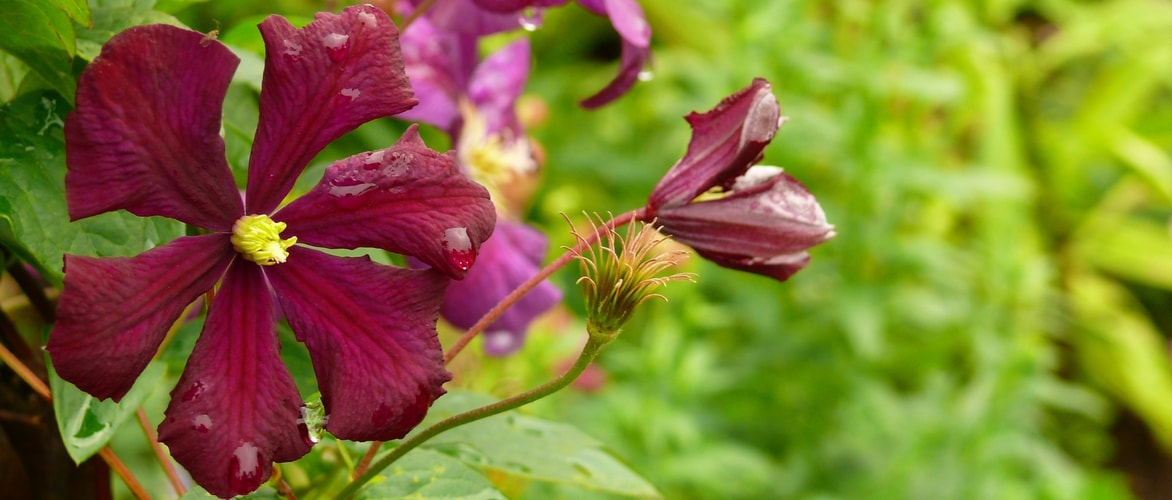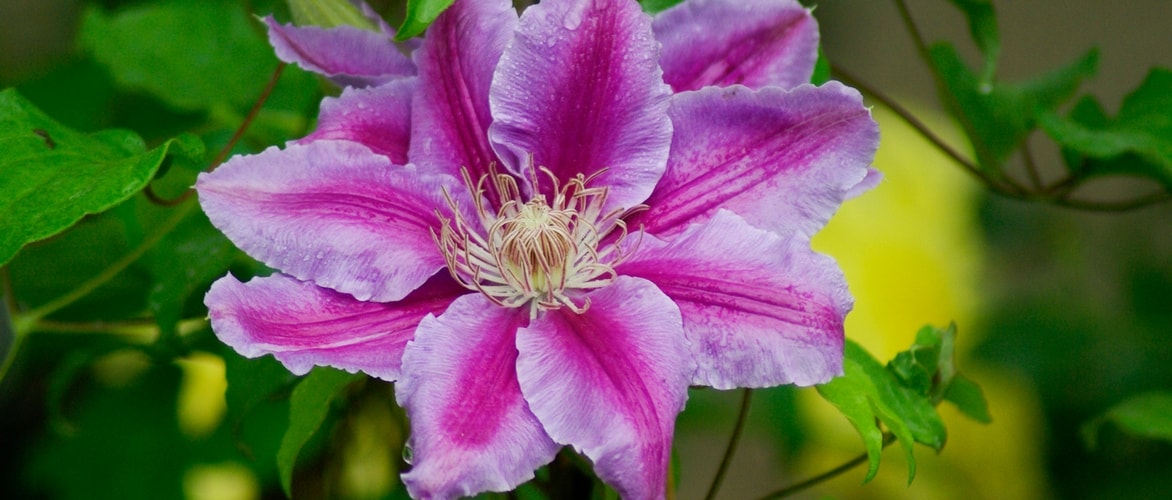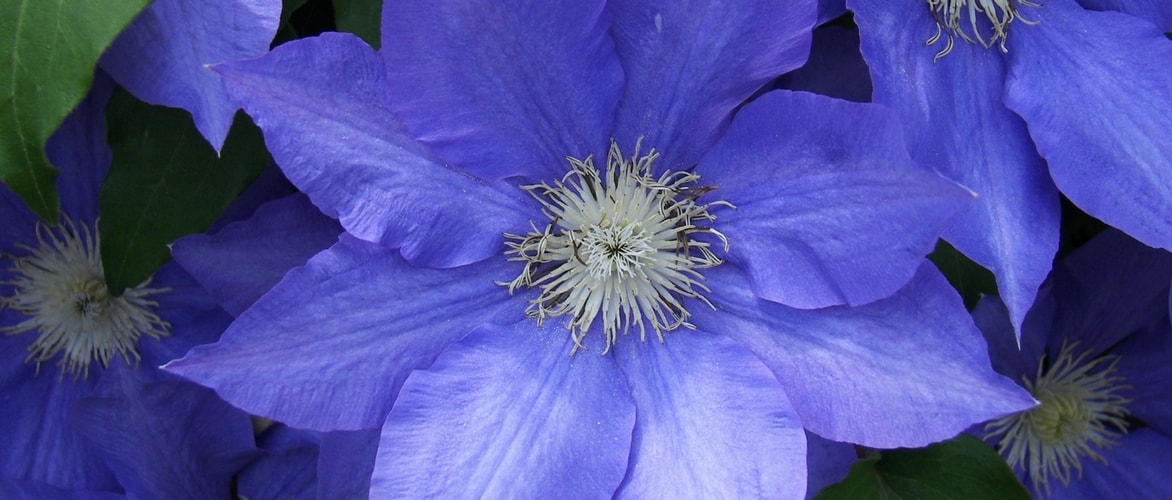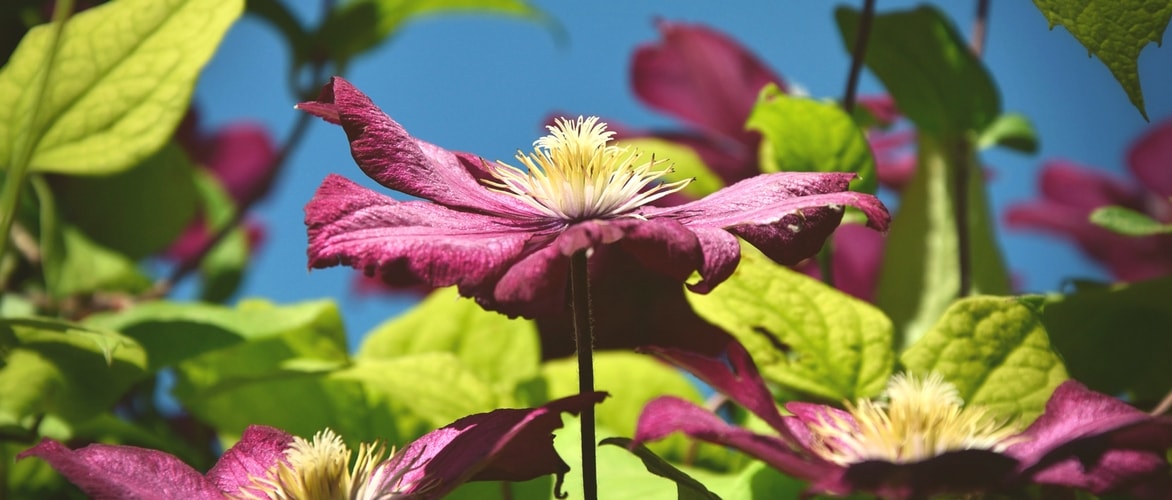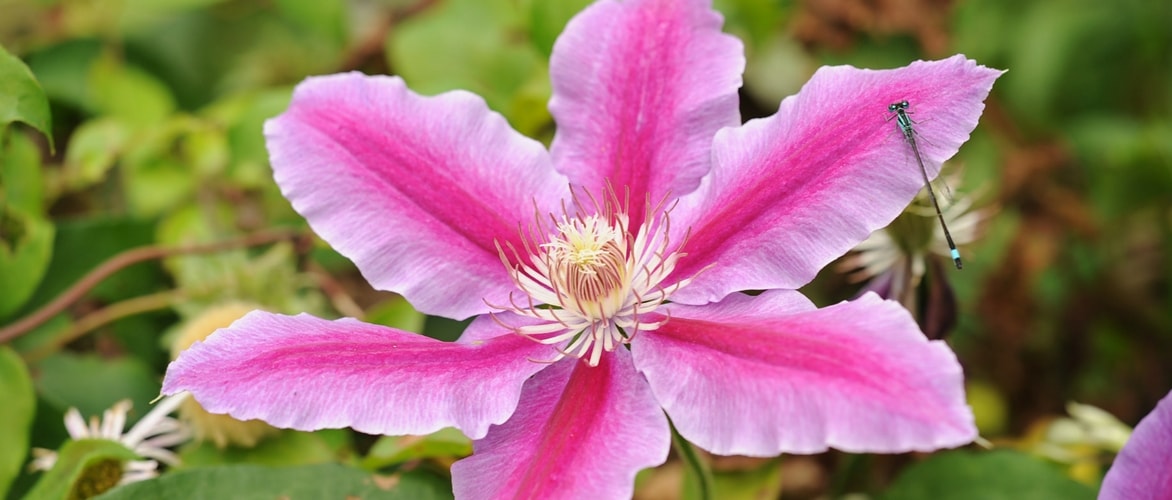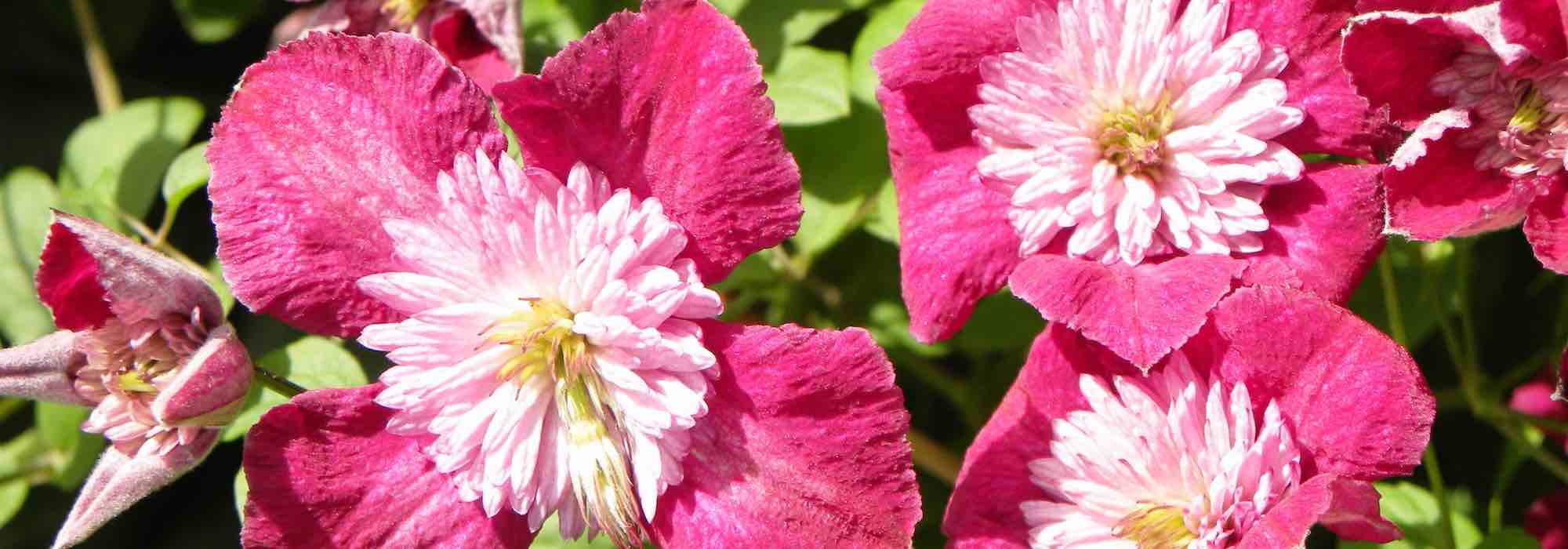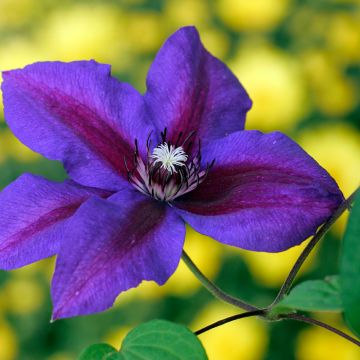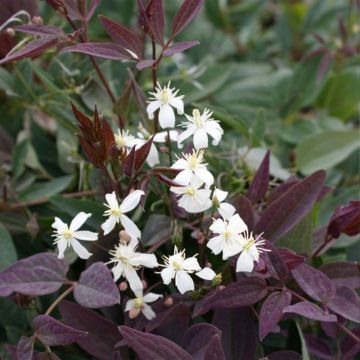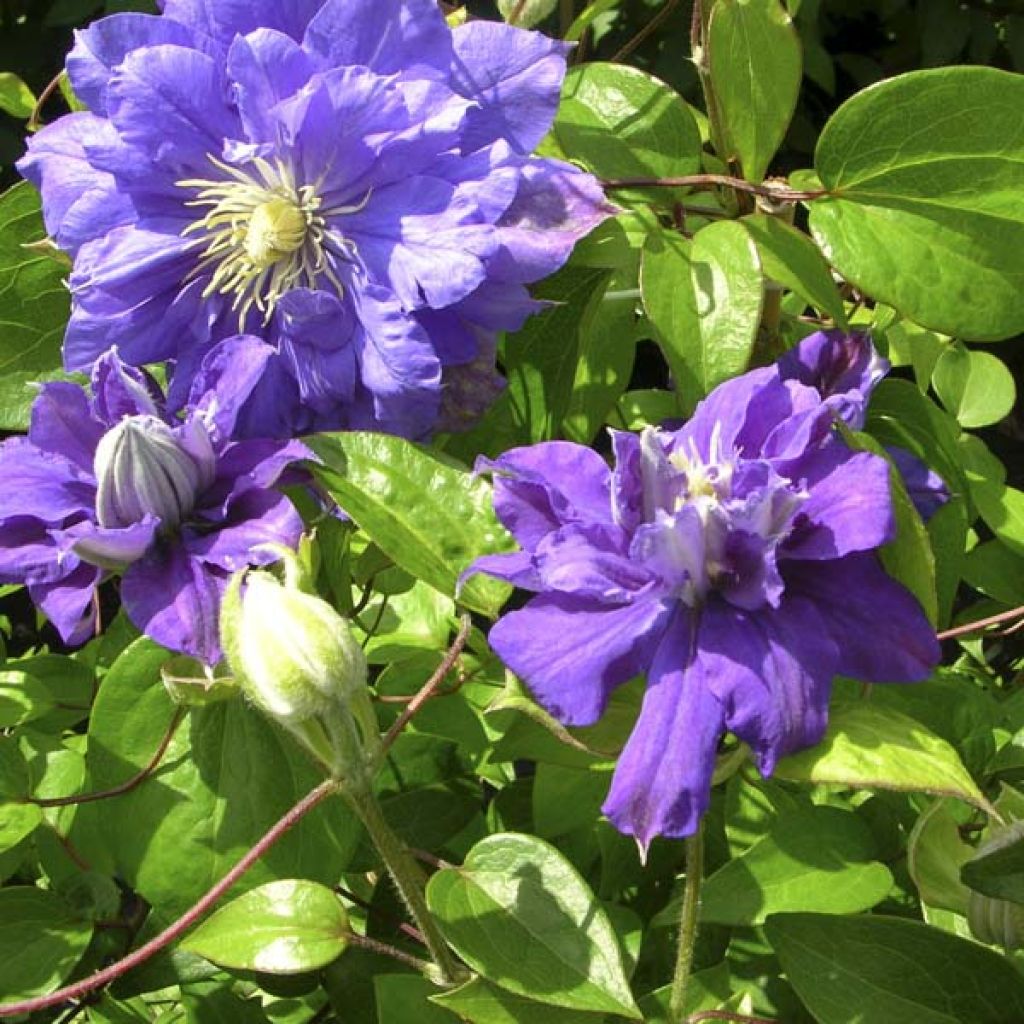

Clematis patens Kiri Te Kanawa
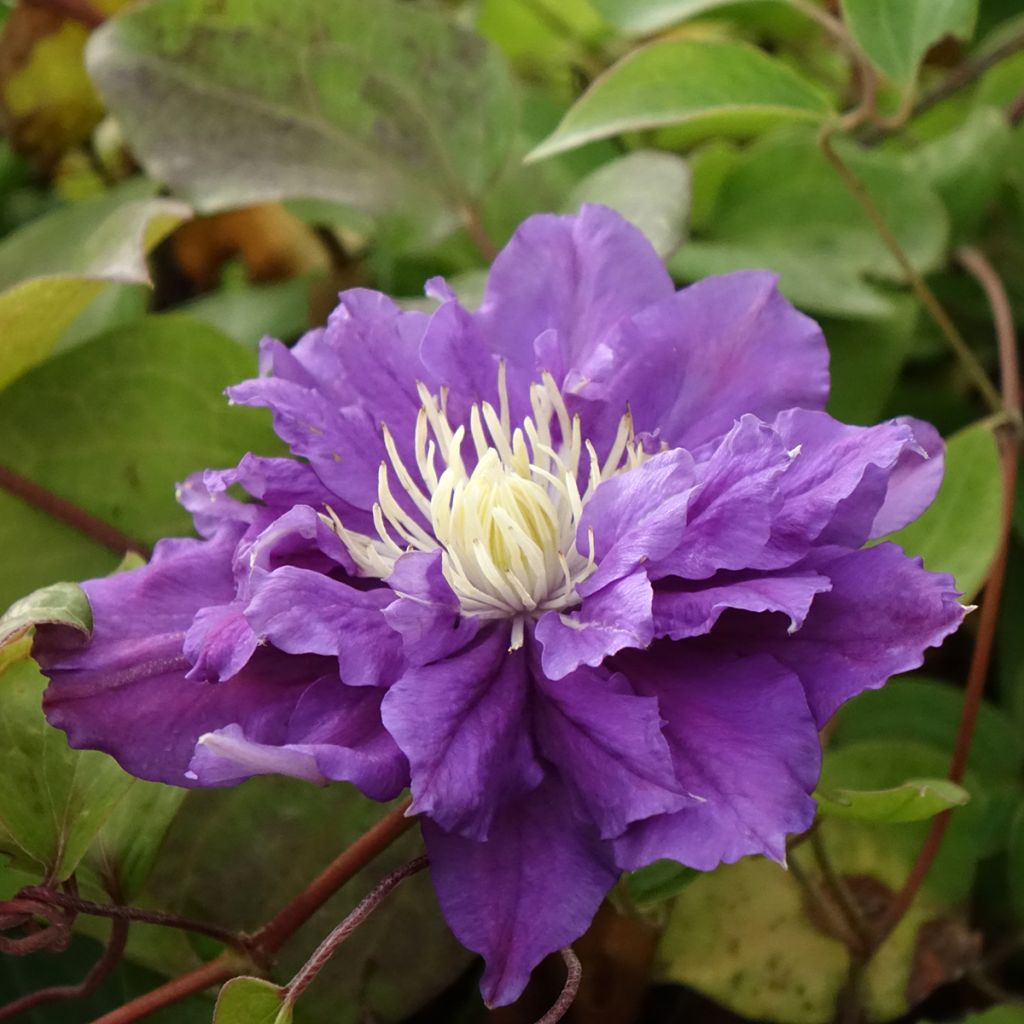

Clematis patens Kiri Te Kanawa
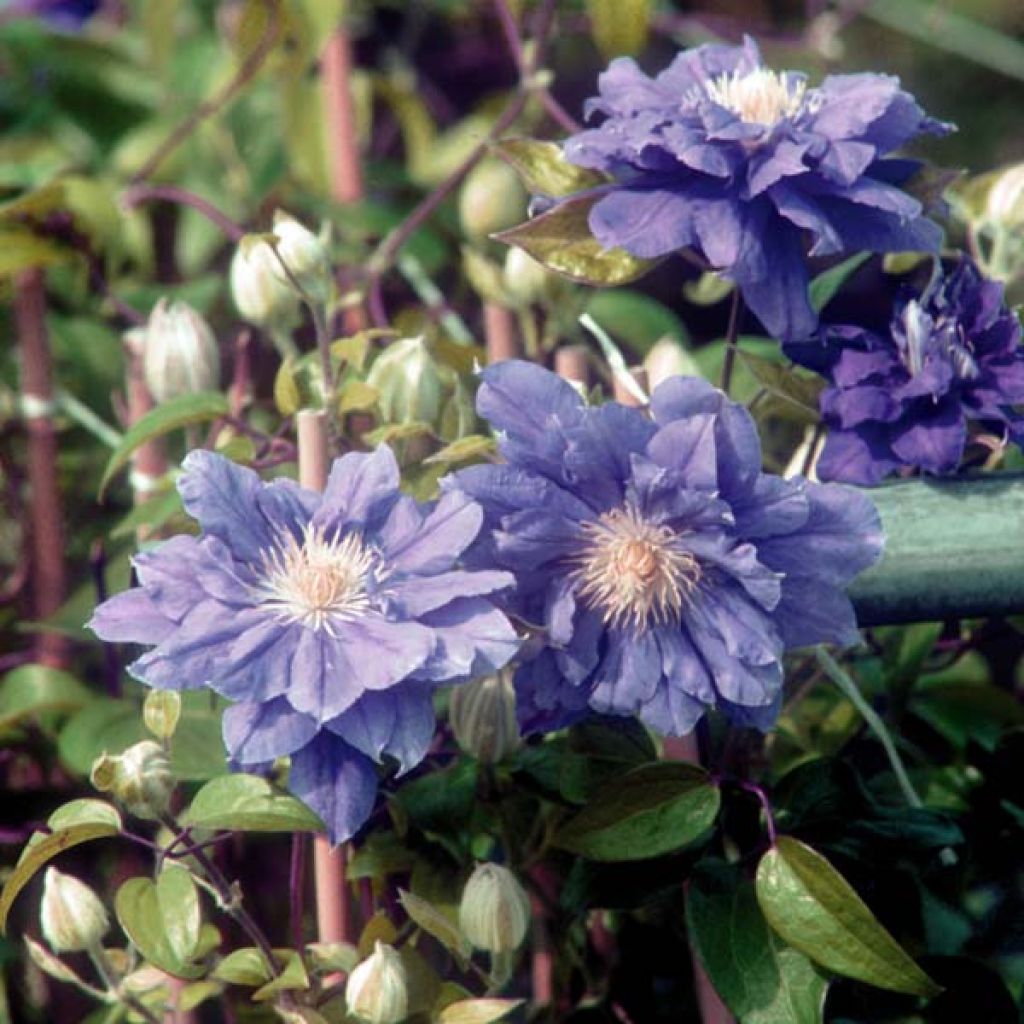

Clematis patens Kiri Te Kanawa
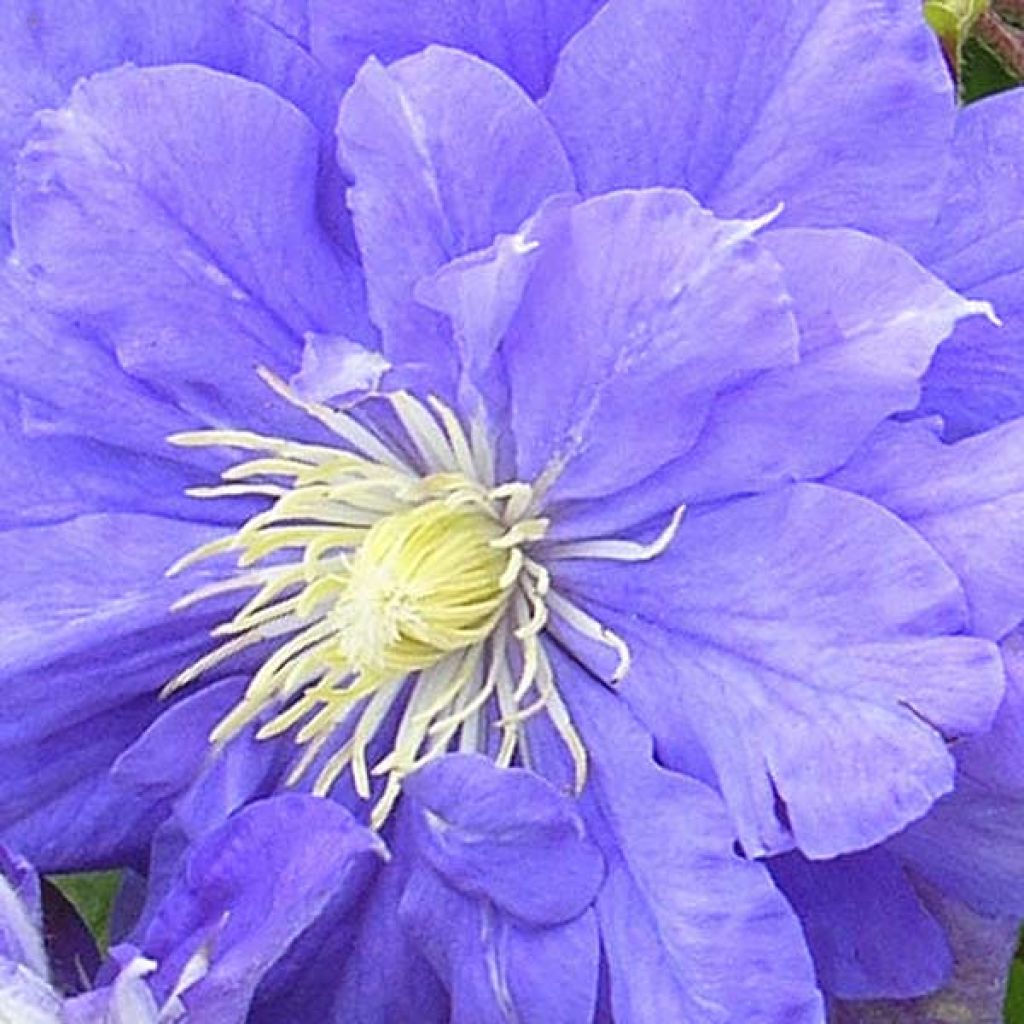

Clematis patens Kiri Te Kanawa
Clematis patens Kiri Te Kanawa
Clematis patens Kiri Te Kanawa
Early Large-flowered Clematis
Unfortunately, 2 out of 3 clematis plants have died, could it be due to the drought?
cath, 30/10/2024
Special offer!
Receive a €20 voucher for any order over €90 (excluding delivery costs, credit notes, and plastic-free options)!
1- Add your favorite plants to your cart.
2- Once you have reached €90, confirm your order (you can even choose the delivery date!).
3- As soon as your order is shipped, you will receive an email containing your voucher code, valid for 3 months (90 days).
Your voucher is unique and can only be used once, for any order with a minimum value of €20, excluding delivery costs.
Can be combined with other current offers, non-divisible and non-refundable.
Home or relay delivery (depending on size and destination)
Schedule delivery date,
and select date in basket
This plant carries a 6 months recovery warranty
More information
We guarantee the quality of our plants for a full growing cycle, and will replace at our expense any plant that fails to recover under normal climatic and planting conditions.
Does this plant fit my garden?
Set up your Plantfit profile →
Description
The Clematis 'Kiri Te Kanawa' is a perennial climbing plant with perpetual and double flowering. Its large flowers, deep blue with sometimes purple reflections, first appear in late spring, revealing their numerous overlapping tepals in several rows. They then reappear in summer, giving way to decorative fruits. Compact in size, it will thrive on balconies, terraces, and will carpet trellises in full sun or partial shade.
This cultivar comes from the United Kingdom and pays tribute to the Aotearoa New Zealand soprano by bearing her name. Belonging to the Ranunculaceae family, 'Kiri Te Kanawa' prefers a light, deep, fresh, and fertile soil, preferably neutral. It enjoys a sunny or partially shaded position, with its base always in the shade. It withstands cold temperatures and is not afraid of frost, even when prolonged. However, it does not tolerate stagnant moisture, so the substrate must be well-draining and watering should be moderate (but necessary during the first year). It is suitable for container cultivation if the container is, of course, large enough.
From May to June, it produces large double flowers, approximately 8 to 10 cm (3 to 4in) in diameter, on the previous year's branches. These flowers consist of numerous obovate tepals, often acuminate and arranged in multiple rows. The pale yellow, almost cream, stamens stand out distinctly from this beautiful fluffy ensemble. A second flowering, on the current year's branches, appears around the month of August and continues into September. Afterwards, feathery fruits will adorn the foliage. The leaves, composed of 3 to 5 leaflets, are deciduous and a beautiful vibrant green. The voluble stems twine around their support and can reach up to 2m (7ft) in height.
'Kiri Te Kanawa' displays a soft yet captivating blue that easily finds its place in any garden. Whether around a small window, spread across a fence, or climbing a column, it will generously bloom in two seasons. And to further extend this pleasure, don't forget to plant spring bulbs that will prepare for its arrival and surround it with sweet peas to accompany it throughout the summer.
Clematis patens Kiri Te Kanawa in pictures
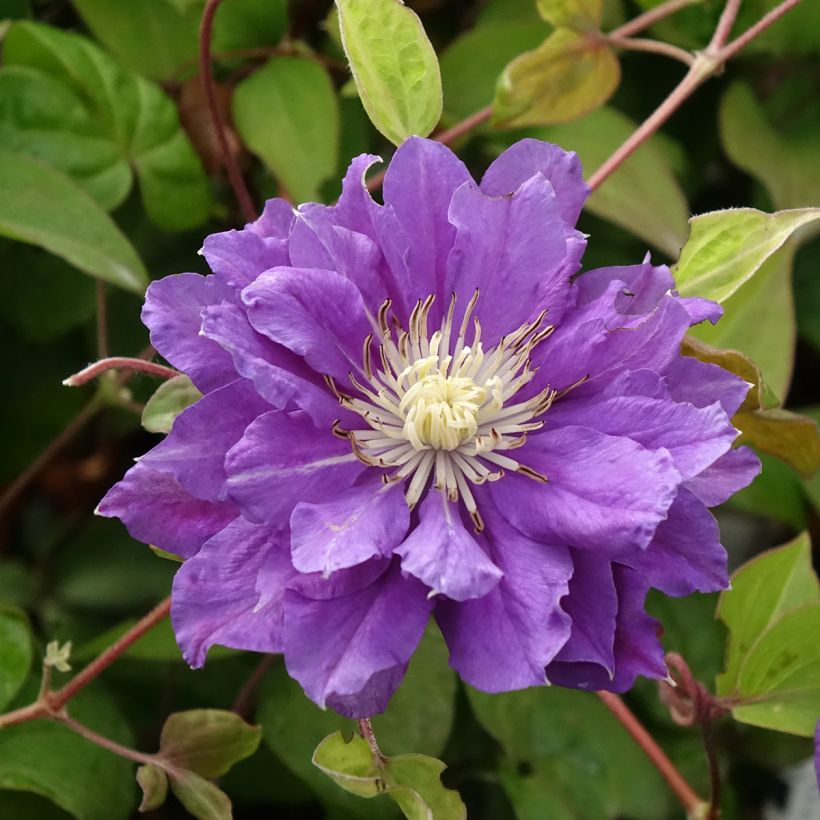

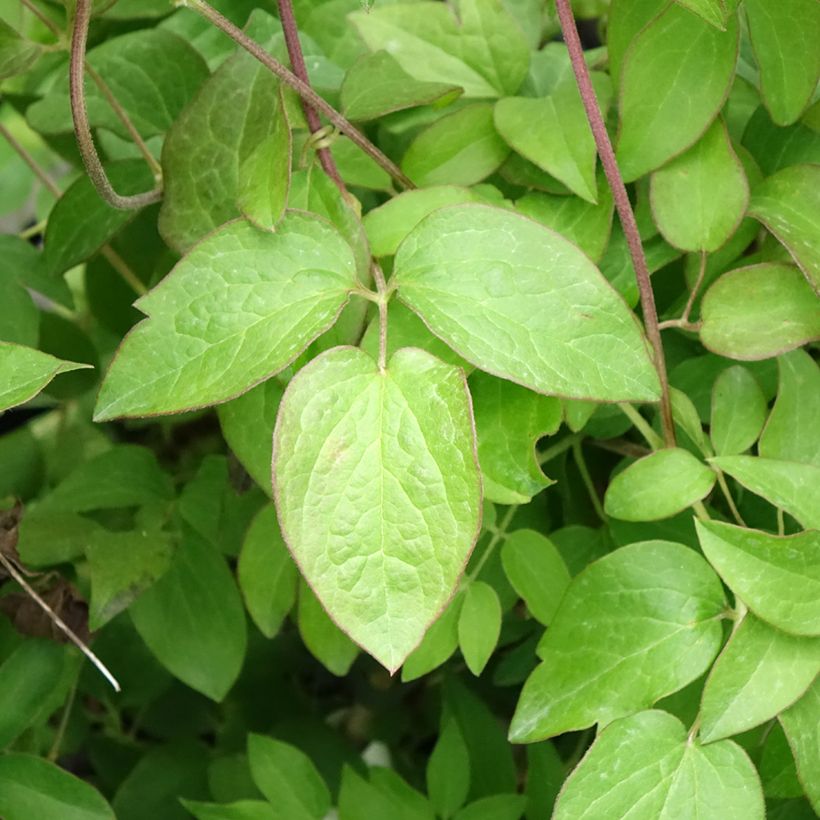

Plant habit
Flowering
Foliage
Botanical data
Clematis
patens
Kiri Te Kanawa
Ranunculaceae
Early Large-flowered Clematis
Cultivar or hybrid
Planting and care
Planting period
Intended location
Care
Planting & care advice
-
, onOrder confirmed
Reply from on Promesse de fleurs
Similar products
Haven't found what you were looking for?
Hardiness is the lowest winter temperature a plant can endure without suffering serious damage or even dying. However, hardiness is affected by location (a sheltered area, such as a patio), protection (winter cover) and soil type (hardiness is improved by well-drained soil).

Photo Sharing Terms & Conditions
In order to encourage gardeners to interact and share their experiences, Promesse de fleurs offers various media enabling content to be uploaded onto its Site - in particular via the ‘Photo sharing’ module.
The User agrees to refrain from:
- Posting any content that is illegal, prejudicial, insulting, racist, inciteful to hatred, revisionist, contrary to public decency, that infringes on privacy or on the privacy rights of third parties, in particular the publicity rights of persons and goods, intellectual property rights, or the right to privacy.
- Submitting content on behalf of a third party;
- Impersonate the identity of a third party and/or publish any personal information about a third party;
In general, the User undertakes to refrain from any unethical behaviour.
All Content (in particular text, comments, files, images, photos, videos, creative works, etc.), which may be subject to property or intellectual property rights, image or other private rights, shall remain the property of the User, subject to the limited rights granted by the terms of the licence granted by Promesse de fleurs as stated below. Users are at liberty to publish or not to publish such Content on the Site, notably via the ‘Photo Sharing’ facility, and accept that this Content shall be made public and freely accessible, notably on the Internet.
Users further acknowledge, undertake to have ,and guarantee that they hold all necessary rights and permissions to publish such material on the Site, in particular with regard to the legislation in force pertaining to any privacy, property, intellectual property, image, or contractual rights, or rights of any other nature. By publishing such Content on the Site, Users acknowledge accepting full liability as publishers of the Content within the meaning of the law, and grant Promesse de fleurs, free of charge, an inclusive, worldwide licence for the said Content for the entire duration of its publication, including all reproduction, representation, up/downloading, displaying, performing, transmission, and storage rights.
Users also grant permission for their name to be linked to the Content and accept that this link may not always be made available.
By engaging in posting material, Users consent to their Content becoming automatically accessible on the Internet, in particular on other sites and/or blogs and/or web pages of the Promesse de fleurs site, including in particular social pages and the Promesse de fleurs catalogue.
Users may secure the removal of entrusted content free of charge by issuing a simple request via our contact form.
The flowering period indicated on our website applies to countries and regions located in USDA zone 8 (France, the United Kingdom, Ireland, the Netherlands, etc.)
It will vary according to where you live:
- In zones 9 to 10 (Italy, Spain, Greece, etc.), flowering will occur about 2 to 4 weeks earlier.
- In zones 6 to 7 (Germany, Poland, Slovenia, and lower mountainous regions), flowering will be delayed by 2 to 3 weeks.
- In zone 5 (Central Europe, Scandinavia), blooming will be delayed by 3 to 5 weeks.
In temperate climates, pruning of spring-flowering shrubs (forsythia, spireas, etc.) should be done just after flowering.
Pruning of summer-flowering shrubs (Indian Lilac, Perovskia, etc.) can be done in winter or spring.
In cold regions as well as with frost-sensitive plants, avoid pruning too early when severe frosts may still occur.
The planting period indicated on our website applies to countries and regions located in USDA zone 8 (France, United Kingdom, Ireland, Netherlands).
It will vary according to where you live:
- In Mediterranean zones (Marseille, Madrid, Milan, etc.), autumn and winter are the best planting periods.
- In continental zones (Strasbourg, Munich, Vienna, etc.), delay planting by 2 to 3 weeks in spring and bring it forward by 2 to 4 weeks in autumn.
- In mountainous regions (the Alps, Pyrenees, Carpathians, etc.), it is best to plant in late spring (May-June) or late summer (August-September).
The harvesting period indicated on our website applies to countries and regions in USDA zone 8 (France, England, Ireland, the Netherlands).
In colder areas (Scandinavia, Poland, Austria...) fruit and vegetable harvests are likely to be delayed by 3-4 weeks.
In warmer areas (Italy, Spain, Greece, etc.), harvesting will probably take place earlier, depending on weather conditions.
The sowing periods indicated on our website apply to countries and regions within USDA Zone 8 (France, UK, Ireland, Netherlands).
In colder areas (Scandinavia, Poland, Austria...), delay any outdoor sowing by 3-4 weeks, or sow under glass.
In warmer climes (Italy, Spain, Greece, etc.), bring outdoor sowing forward by a few weeks.






























